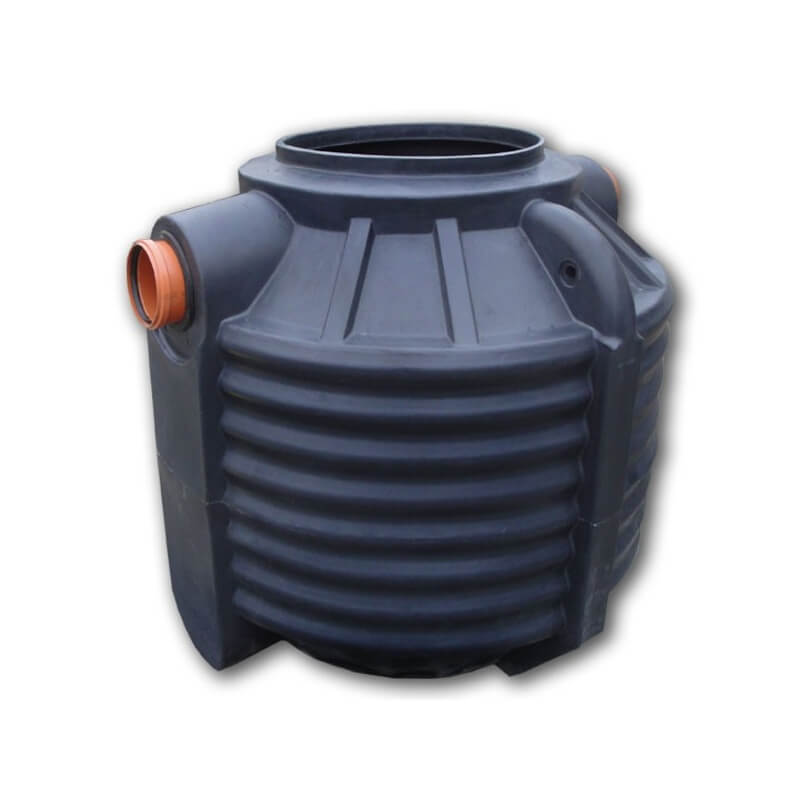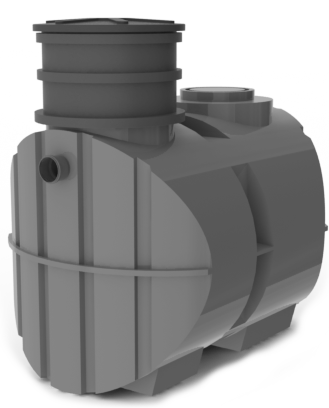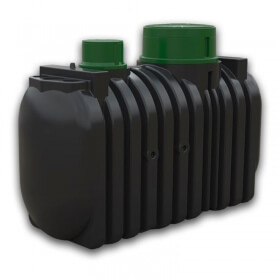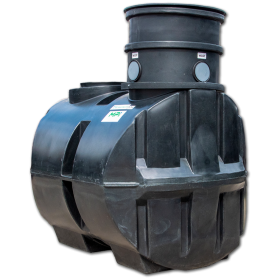- favorite 1 likes
- remove_red_eye 8272 views
- comment 0 comments

In order to choose the right rainwater tank, it is worth paying attention to the technical parameters of the tanks. Underground tanks are made of durable polyethylene and have a manufacturer's certificate confirming their durability. Tanks are also suitable for storing sewage.
Safety of tanks
- Made of durable polyethylene
- Monolithic design, no seams or welds
- 100% waterproof
- Resistant to aggressive wastewater environment
Technical data of the tanks
The basic technical parameters of the tanks are presented in the table below.
|
Tank |
||||
|
Illustrative photo |
 |
 |
 |
|
|
Warranty [years] |
10 |
5 |
10 |
3 |
|
Foundation in groundwater |
NO |
NO |
YES* |
YES* |
|
Max. Ground cover [m] |
0,6 |
0,7 |
0,8 |
1 |
|
Vehicle traffic |
NO |
NO |
NO |
NO |
|
Other comments |
It is not suitable for impermeable soils |
It is not suitable for impermeable soils |
Suitable for impermeable grounds |
Suitable for impermeable grounds |
|
Capacity [l] |
1000, 1500, 2000, 3000 |
2000, 3000, 4000, 5000, 6000 |
1700, 2200, 2600, 3400, 4500, 6000 |
2000, 3000, 4000, 5000, 6000, 7000, 8000, 9000, 10000, 11000, 12000, 14000, 15000, 20000 |
Installation of tanks
When selecting an underground reservoir, first of all, water and soil conditions should be taken into account. When the groundwater level is high, the tank should be properly covered in accordance with the guidelines contained in the instructions for a given tank or use another tank available in our store's offer. The tanks have a standard inflet / outlet (emergency overflow). Depending on the foundation depth of the tanks, it is possible to add a superstructure of different heights. Installation of tanks should be carried out in accordance with the assembly instructions provided by the manufacturer.
Correct use of the tanks
Rainwater flowing from the gutter system should be cleaned with filters and run off into an underground reservoir. We offer a wide selection of filters for underground tanks.
Installation costs reimbursement
The cost of the installation, thanks to which we will be able to use rainwater at home and in the garden, is not the cheapest and pays off on average around 10 years. Here, one should take into account investment outlays for making excavation and subsequent operation. When calculating the payback time, in addition to the savings in water savings, the reduction of costs related to waste water disposal should also be taken into account. With the increasing price of water, such an investment may be more and more profitable as well as ecological.
Related products
Drop Water Rainwater Tank
- Underground rainwater tanks
- Inlet/outlet DN 100-150
- Capacity from 2000l to 5000l
Gama rain tanks
- Polyethylene rainwater tanks
- Underground rainwater tank
- Different volume from 1000 to 3000 l
Rainwater tank Ecoline II
- Underground rainwater tank
- Reinforced II generation construction
- Capacity from 1700 l to 7500 l



